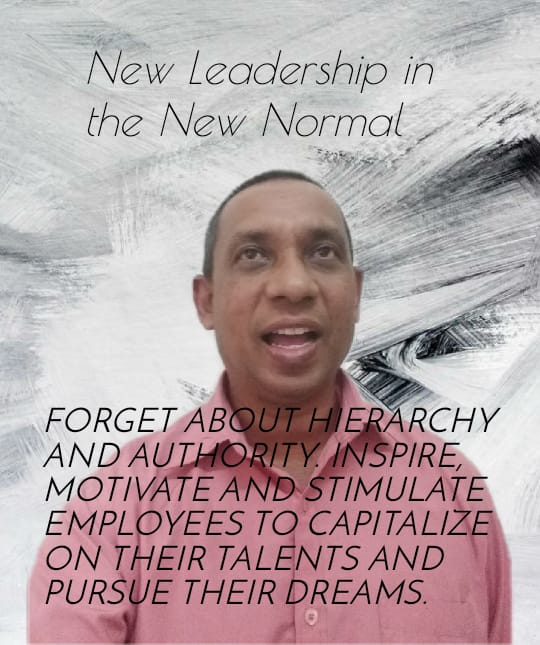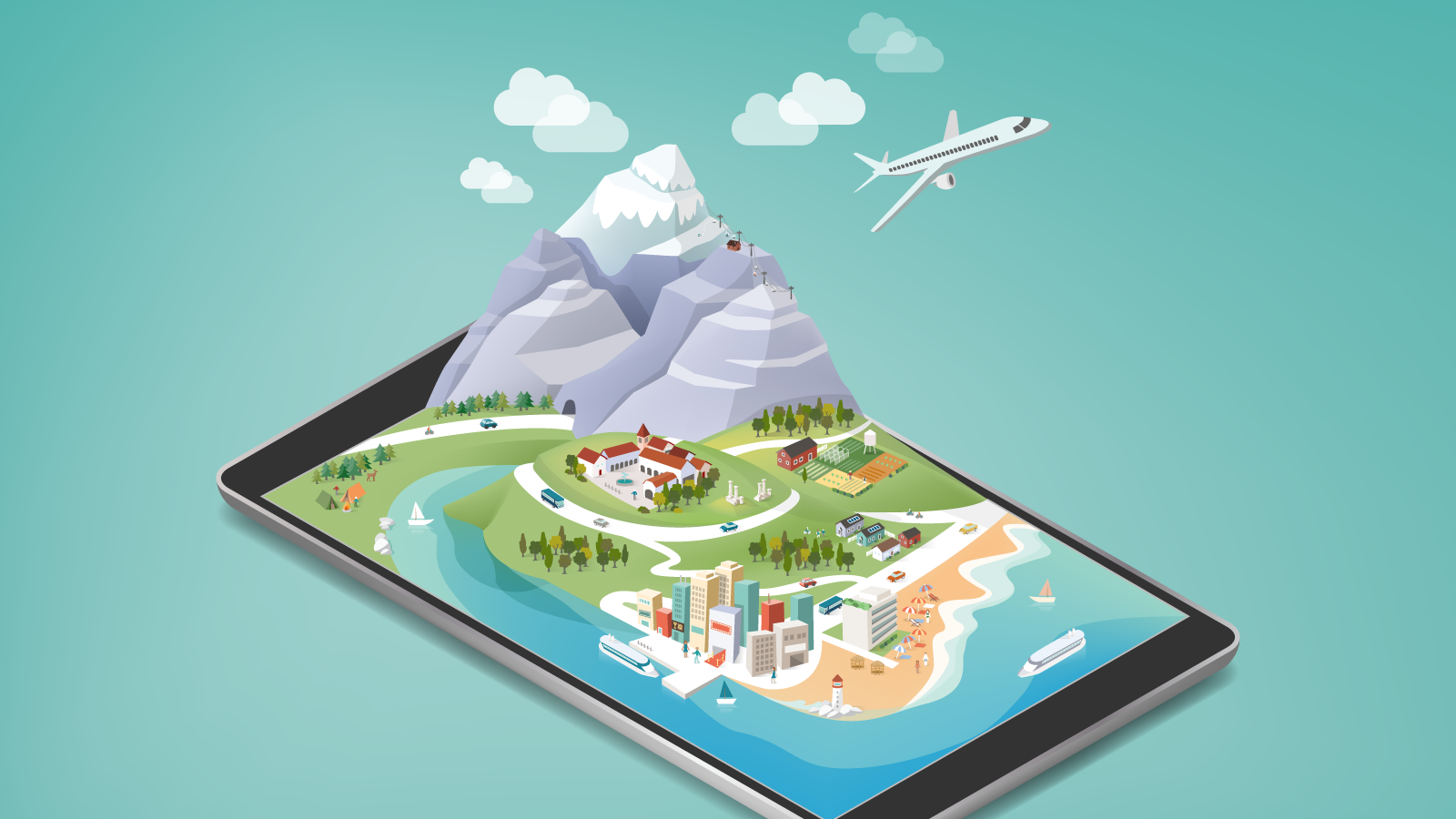A as blogger and also a trend watcher, I would like to share some information what might happen in the future. The period is between 2020 – 2030. Step in the tele time travel machine and press the red button. Fly with me into the future. . .

The year is 2020
Microsoft is ending support for Windows 7
Global Politics, Generation X is reshaping this
The first stem cell therapy for congestive heart failure will be exposed
Progress with longevity extension
First orbital test flight of the SpaceX Starship is a fact
Mercury pollution is going down
Glacier National Park will become ice-free and also some other regions
UK’s new aircraft carriers are reaching full operational capability
Follow the Planet Mars 2020 rover mission
England’s Coastal Path will be opened to walkers
Launching of Playstation 5
5th Chang’e lunar exploration mission
Ariane 6 first flight
Big conjunction
The internet will reach 5 billion users worldwide
The Year is 2021
Exascale computers are deployed
Touchdown of the Exomars rover on Mars
Launching of the James Webb Space Telescope
1st unscrewed maiden flight of NASA’s SLS (Space Launch System)
1st flight of the New Glenn reusable rocket
Opening of Crossrail in UK/London
Southwest USA water crisis
Japan/Tokyo hosts the Olympic Games
Re-emerging of the largest insect swarm in the world
5-year survival rates for breast cancer are approaching one hundred percent
Birth control pills for male are entering the market
The world’s 1st artificial kidney will be a fact
Launching of the flying car Terrafugia TF-X
China’s plan to it’s first mission to Mars
Arabian mission to planet Mars
India on the run for their first manned space flight
The year is 2022
• India becomes the most populous country on Earth
• The ITER experimental fusion reactor is switched on
• Germany phases out nuclear energy
• Beijing hosts the Winter Olympics
• Completion of the Northeast Corridor high-speed train upgrade
• Qatar hosts the FIFA World Cup
• China’s first space station is complete
• New Horizons completes its study of the Kuiper Belt
• The AIDA mission arrives at Didymos
• The Dark Ages Radio Explorer (DARE) is launched
• The X-59 Quiet SuperSonic Transport is tested over U.S. cities
• Water is becoming a weapon of war
• Global reserves of antimony are running out
• Driverless hover-taxis are operational in Dubai
• VIPER mission to the lunar south pole
The year is 2023
Xi Jinping extends his presidency
• The Aerion AS2 supersonic jet enters service
• The Large Synoptic Survey Telescope begins full operations
• First crewed flight of NASA’s Orion spacecraft
• Mars sample return mission
• Asteroid sample return mission
• The Hinkley Point C nuclear power station is operational
• The Type 26 Global Combat Ship enters service
• Turkey celebrates its 100th anniversary as an independent republic
• Completion of the London “super sewer”
• Brain implants to restore lost memories
• Luna 27 lands on the far side of the Moon
• Driverless high-speed trains begin operating in France
• Completion of the Stad Ship Tunnel
• Launch of the SPHEREx mission
The Year is 2024
Vladimir Putin steps down as President of Russia
• Open-source, 3D printed clothes at near-zero cost
• The Thirty Metre Telescope is fully operational
• Indonesia gets a new capital city
• Total solar eclipse across North America
• Euro 2024 is hosted by Germany
• Paris hosts the Summer Olympic Games
• Lunar Mission One drills into the Moon’s south pole
• Bio-electronics for treating arthritis are in common use
• Carsharing has exploded in popularity
• Wind turbine drone inspection is a multi-billion dollar industry
• Starlink reaches full capacity
• The first probe to fly into the Sun’s outer atmosphere
The year is 2025
A billion human genomes have been sequenced
• Human brain simulations are becoming possible
• 3D-printed human organs
• China is becoming highly urbanised
• Vertical farms are common in cities
• Solid waste is reaching crisis levels
• Kivalina has been inundated
• Completion of the East Anglia Zone
• The UK phases out coal power
• The European Extremely Large Telescope is operational
• The Giant Magellan Telescope is fully operational
• The first test flight of the Skylon spaceplane
• The first manned flights from Russia’s new spaceport
• High speed rail networks are being expanded in many countries
• A comprehensive overhaul of the U.S. airspace system is complete
• Railguns are in use by the U.S. navy
• The global crowdfunding market reaches $100bn
• BepiColombo arrives in orbit around Mercury
The year is 2026
• A synthetic human genome is completed
• Aquaculture provides the majority of the world’s seafood
• The High Luminosity Large Hadron Collider (HL-LHC) is operational
• The International Linear Collider is completed
• 3-D printed electronic membranes to prevent heart attacks
• Youthful regeneration of aging heart muscle via GDF-11
• New treatments for Alzheimer’s disease
• Rising sea levels are wreaking havoc on the Maldives
• Global reserves of indium are running out
• Italy hosts the Winter Olympics
• Construction of the Sagrada Família is complete
• Robotic hands matching human capabilities
• The FIFA World Cup is hosted jointly in Canada, Mexico and the United States
• Mars Science Laboratory is shutting down
• 50TB hard drives
The year is 2027
The BRICs overtake the G7 nations
• Light-duty hydrogen fuel cell vehicles reach 1 million in annual sales
• Tokyo and Nagoya are connected by high-speed maglev
• Carbon sequestration is underway in many nations
• The Venera-D mission arrives at Venus
• The asteroid 1999 AN10 makes a close approach
• The Square Kilometre Array begins science operations
• The Europa Clipper arrives in orbit
• The autopsy report for Elvis Presley is made public
• Opening of the New Central Polish Airport
• The final Avatar movie is released
The year is 2028
• Completion of the Deep Space Gateway
• Launch of the European ATHENA X-ray observatory
• China builds the world’s largest particle accelerator
• Printed electronics are ubiquitous
• The UK population reaches 70m
• British newspapers are going out of circulation
• Launch of the ARIEL spacecraft
• Launch of the Comet Interceptor
• Delhi becomes the most populous city in the world
• Los Angeles hosts the Summer Olympic Games
• Total solar eclipse in Australia and New Zealand
• Resurrection of several extinct species has been achieved
• The International Space Station is decommissioned
The year is 2029
• Human-like AI is becoming a reality
• Increased automation of banking
• Close approach of the near-Earth asteroid Apophis
• Mass application of gene drives on mosquitoes
• Global reserves of silver are running out
• Finland bans coal for energy use
• Madagascar’s radiated tortoise is extinct in the wild
• Phase 1 of the California High-Speed Rail line is complete
• Expansion of London’s Heathrow Airport
• Jupiter’s Great Red Spot is disappearing
• The wreck of the Titanic has decomposed
The year is 2030
Global population is reaching crisis point
• The 6G standard is released
• Desalination has exploded in use
• “Smart grid” technology is widespread in developed nations
• An interstellar message arrives at Luyten’s Star
• Depression is the number one global disease burden
• Child mortality is approaching 2% globally
• The Muslim population has increased significantly
• Full weather modelling is perfected
• Orbital space junk is becoming a major problem for space flight
• Jupiter Icy Moon Explorer (JUICE) reaches the Jovian system
• The UK space industry has quadrupled in size
• The Lockheed Martin SR-72 enters service
• A new generation of military helicopters
• Hyper-fast crime scene analysis
• Half of America’s shopping malls have closed
• Emerging job titles of today
• Cargo Sous Terrain becomes operational in Switzerland
• The entire ocean floor is mapped
I really hope that you are now well informed what the coming years as full off to take place with the right circumstances. If you like this blog just drop your comments.
If you would like to know what will take place between 2031 and 2040 keep coming back to this website. I have search it out already for you to update.


















